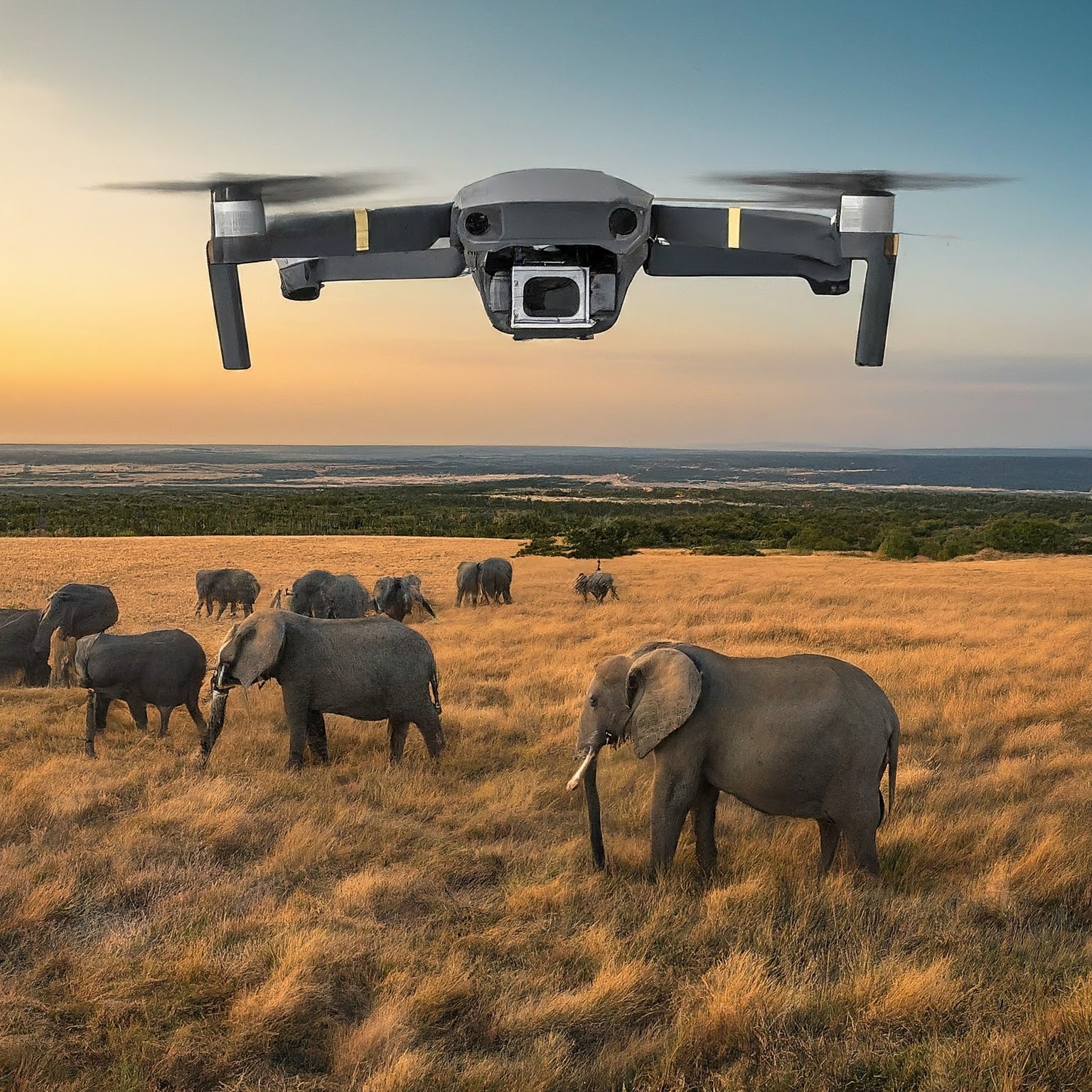Drones, also known as Unmanned Aerial Vehicles (UAVs), have soared in popularity in recent years. While often associated with recreation and aerial photography, flying drones for science is an exciting and rapidly growing field. These versatile flying robots are transforming how scientists gather data, conduct research, and gain new insights across a wide range of disciplines.
This guide delves into the world of flying drones for science. We’ll explore the benefits of using drones, showcase some fascinating scientific applications, and discuss the future potential of this innovative technology.
Why Drones? The Advantages of Flying for Science
Drones offer several advantages over traditional methods of data collection in scientific research:
- Accessibility: Drones can reach remote or hazardous locations that might be difficult or dangerous for humans to access.
- Cost-Effectiveness: Compared to manned aircraft or satellites, drones are often a more affordable option for data collection.
- Versatility: Drones can be equipped with various sensors and cameras, allowing scientists to collect a wide range of data.
- High-Resolution Data: Drones can capture detailed images and videos, providing valuable insights for research.
- Reduced Environmental Impact: Electric drones have a smaller environmental footprint compared to traditional data collection methods that rely on fossil fuels.
These advantages make flying drones for science an attractive option for researchers in various fields.
Drones in Action: Scientific Applications Taking Flight
Here are some captivating examples of flying drones for science in action:
- Wildlife Conservation: Researchers use drones to track animal populations, monitor endangered species, and identify poaching activities.
- Environmental Monitoring: Drones equipped with thermal imaging cameras can be used to monitor wildfires, assess deforestation, and track pollution levels.
- Precision Agriculture: Farmers can utilize drones to map fields, monitor crop health, and optimize irrigation practices.
- Archaeological Exploration: Drones are used to create detailed 3D maps of archaeological sites, revealing hidden features and facilitating research.
- Disaster Relief: Drones can be deployed in disaster zones to assess damage, locate survivors, and deliver essential supplies.
These are just a few examples, and the potential applications of flying drones for science are constantly expanding. As drone technology advances and regulations evolve, we can expect even more innovative scientific uses to emerge.
The Future of Flight: The Continued Rise of Drones in Science
The future of flying drones for science is bright. Here are some exciting trends to watch for:
- Increased Autonomy: Drones with advanced navigation and obstacle avoidance capabilities will allow for more autonomous data collection missions.
- Sensor Integration: The integration of new and improved sensors will enable drones to collect even more complex and detailed data.
- Beyond Visual Line of Sight (BVLOS) Operations: Regulations on drone flights are constantly evolving, potentially allowing for operations beyond the visual line of sight, opening new possibilities for data collection.
With continued advancements in technology and regulations, flying drones for science has the potential to revolutionize research across diverse fields.
By harnessing the power of these uncrewed eyes in the sky, scientists can explore the world in new ways, unlock groundbreaking discoveries, and contribute to a better understanding of our planet and its inhabitants.

[…] tips you can reduce the risk of cyber threats and protect your website and sensitive data. You can navigate the digital world confidently and ensure a safe and secure environment for your website visitors and […]